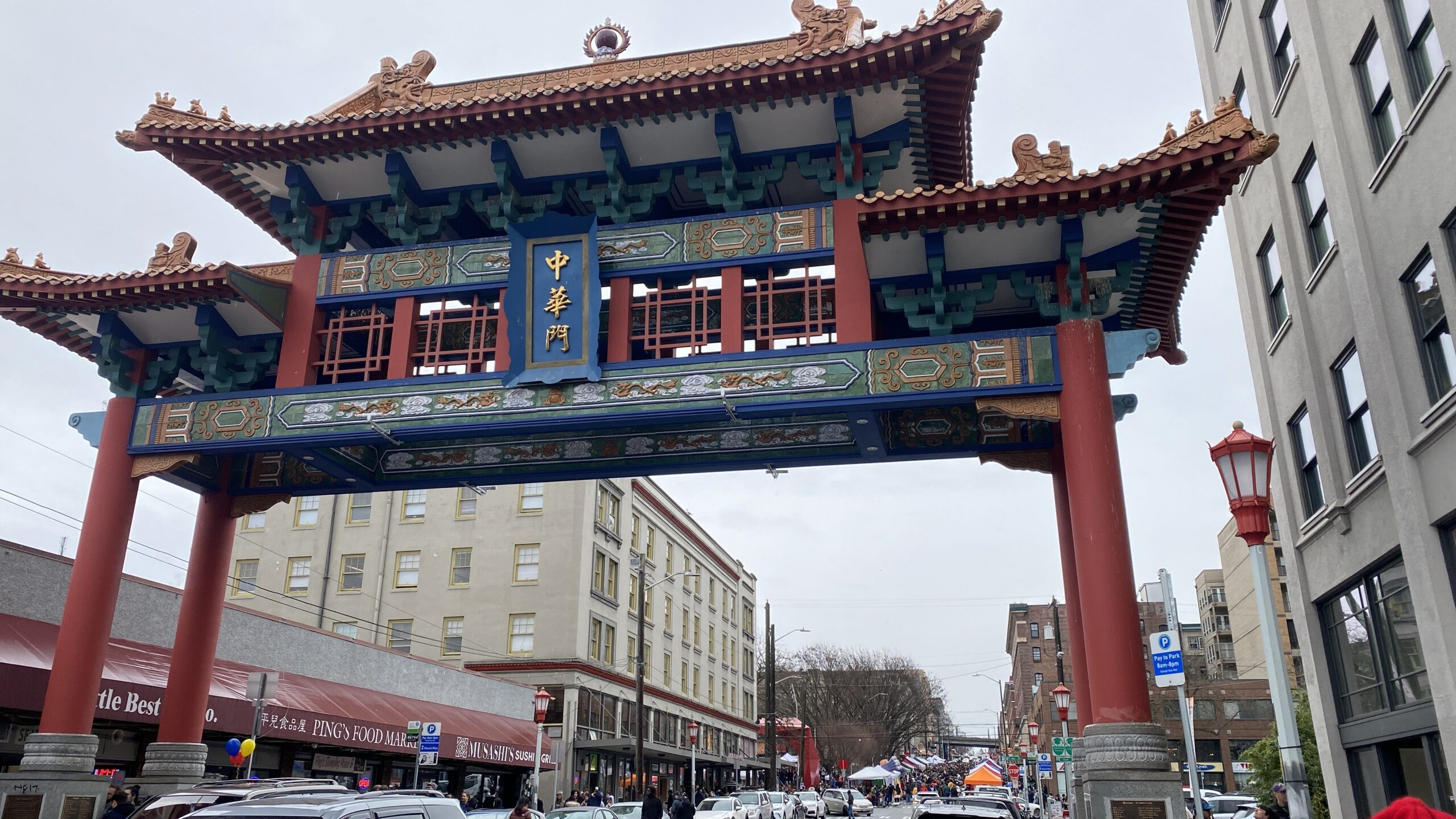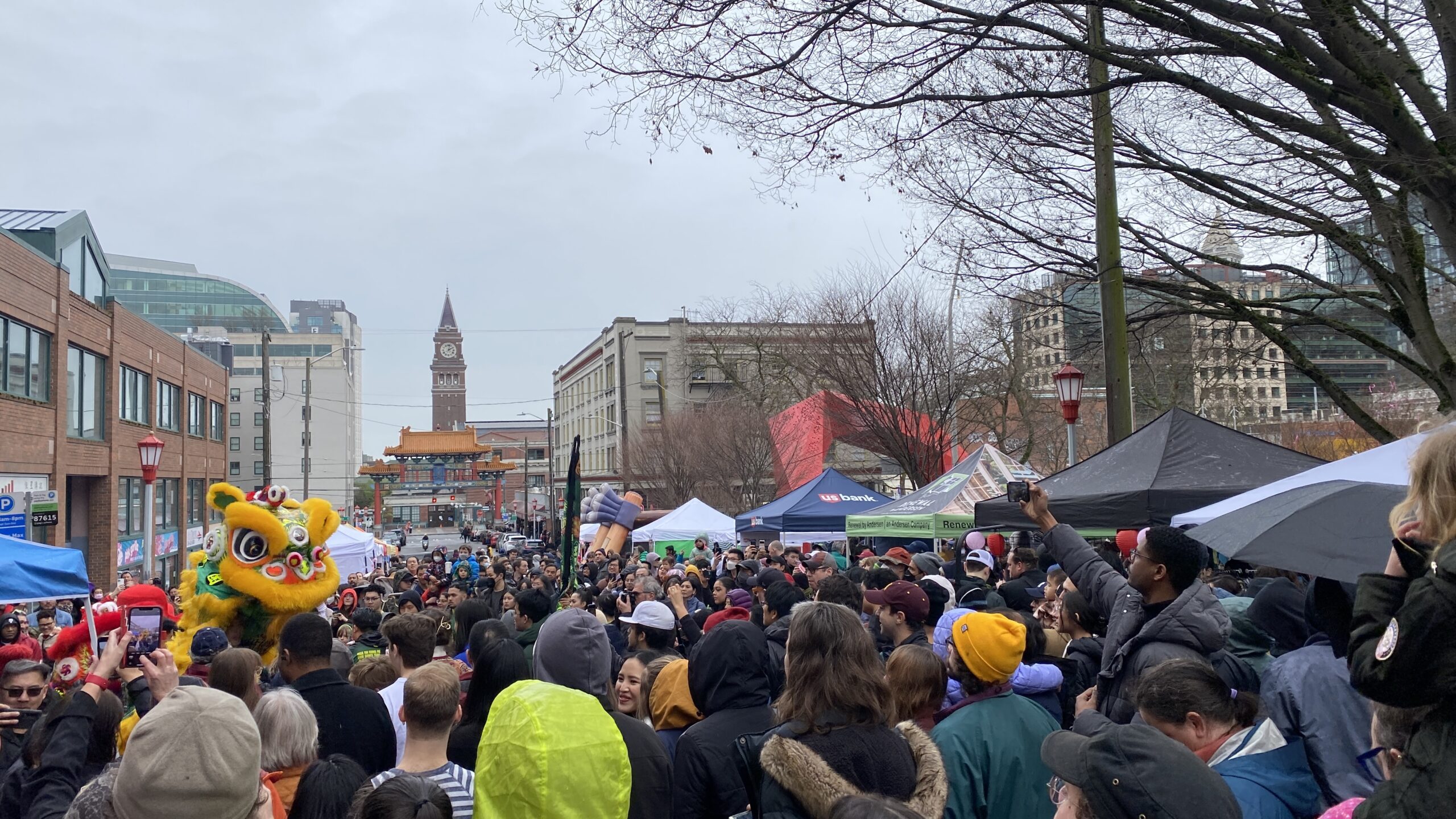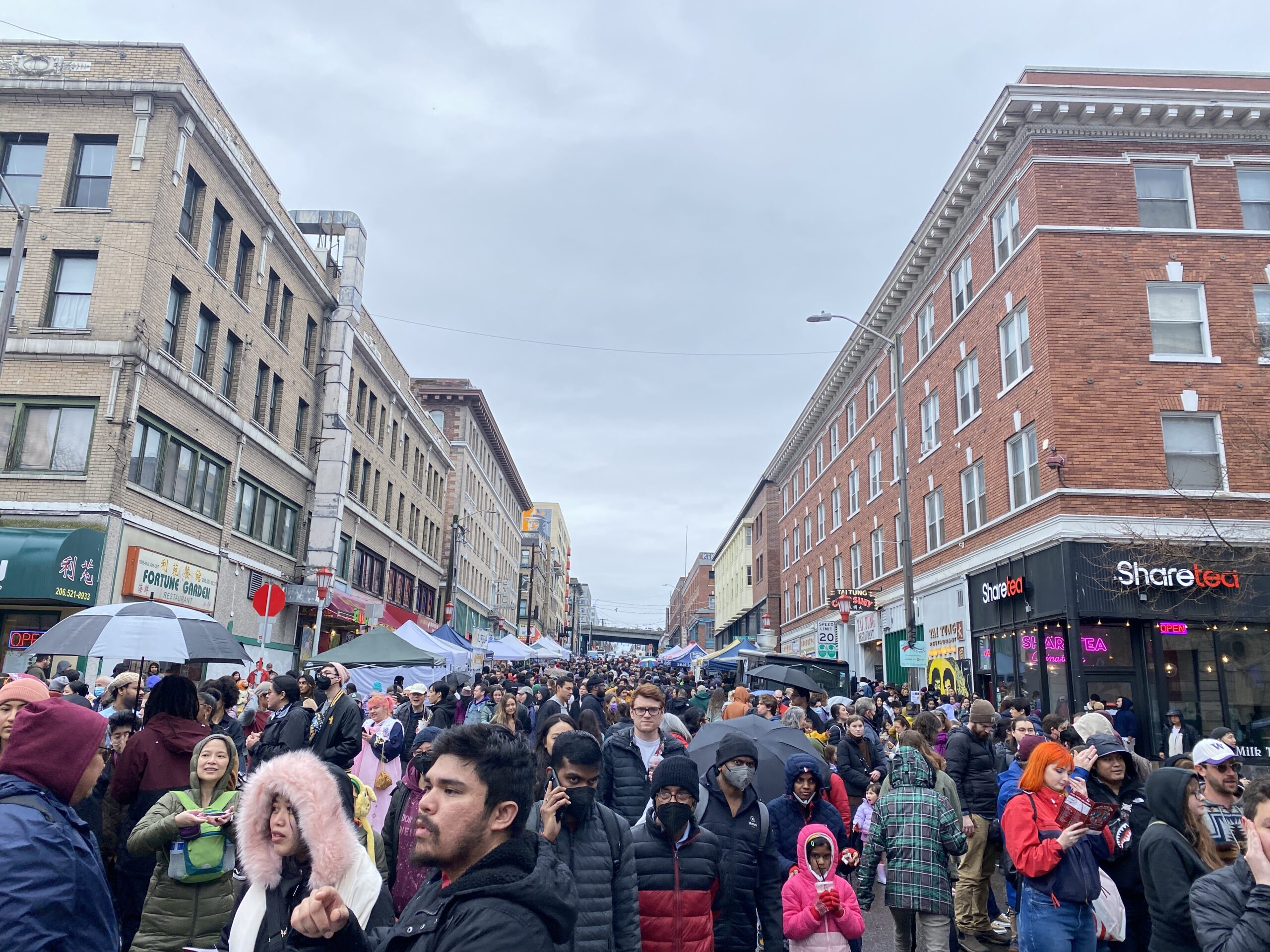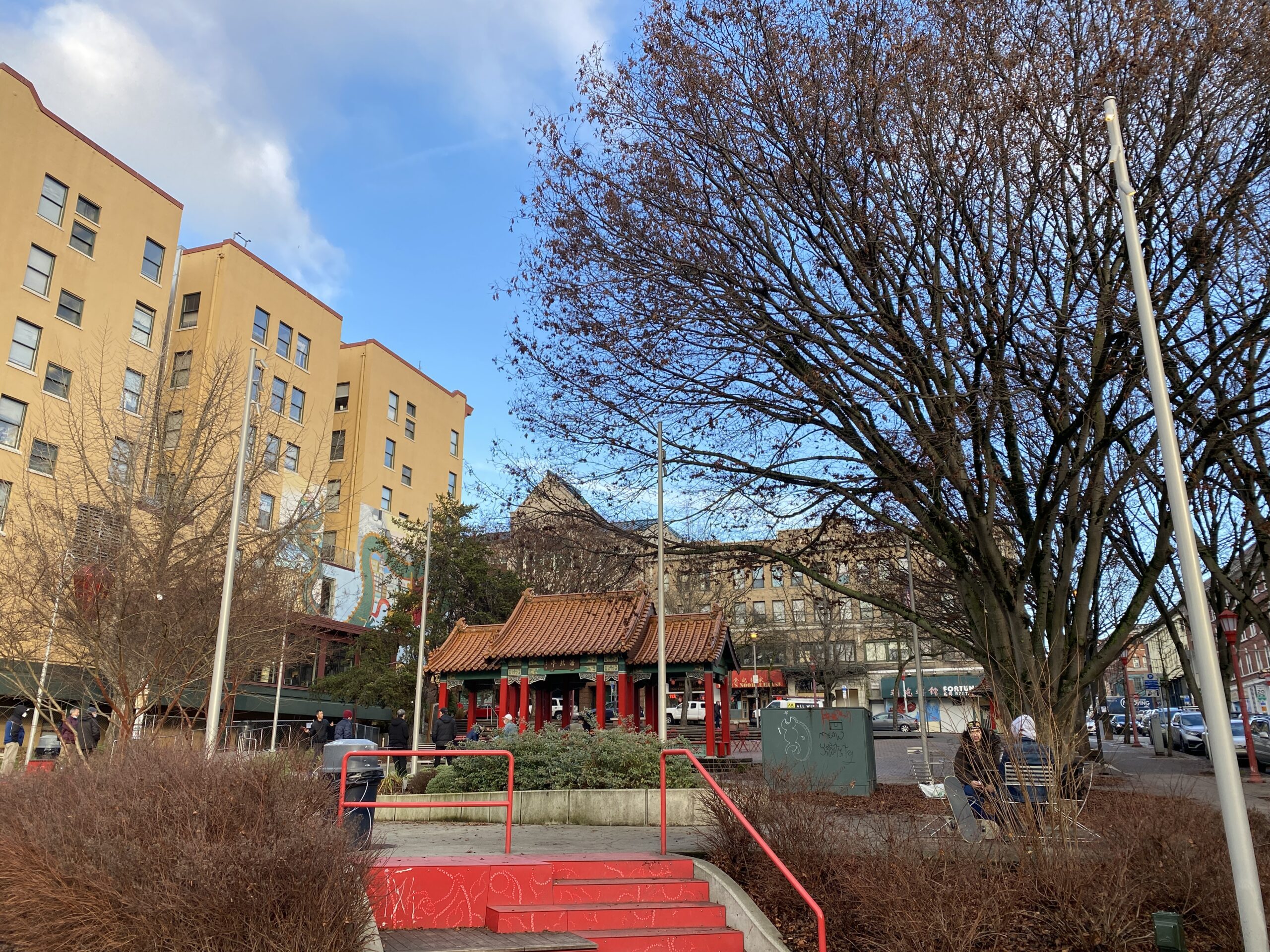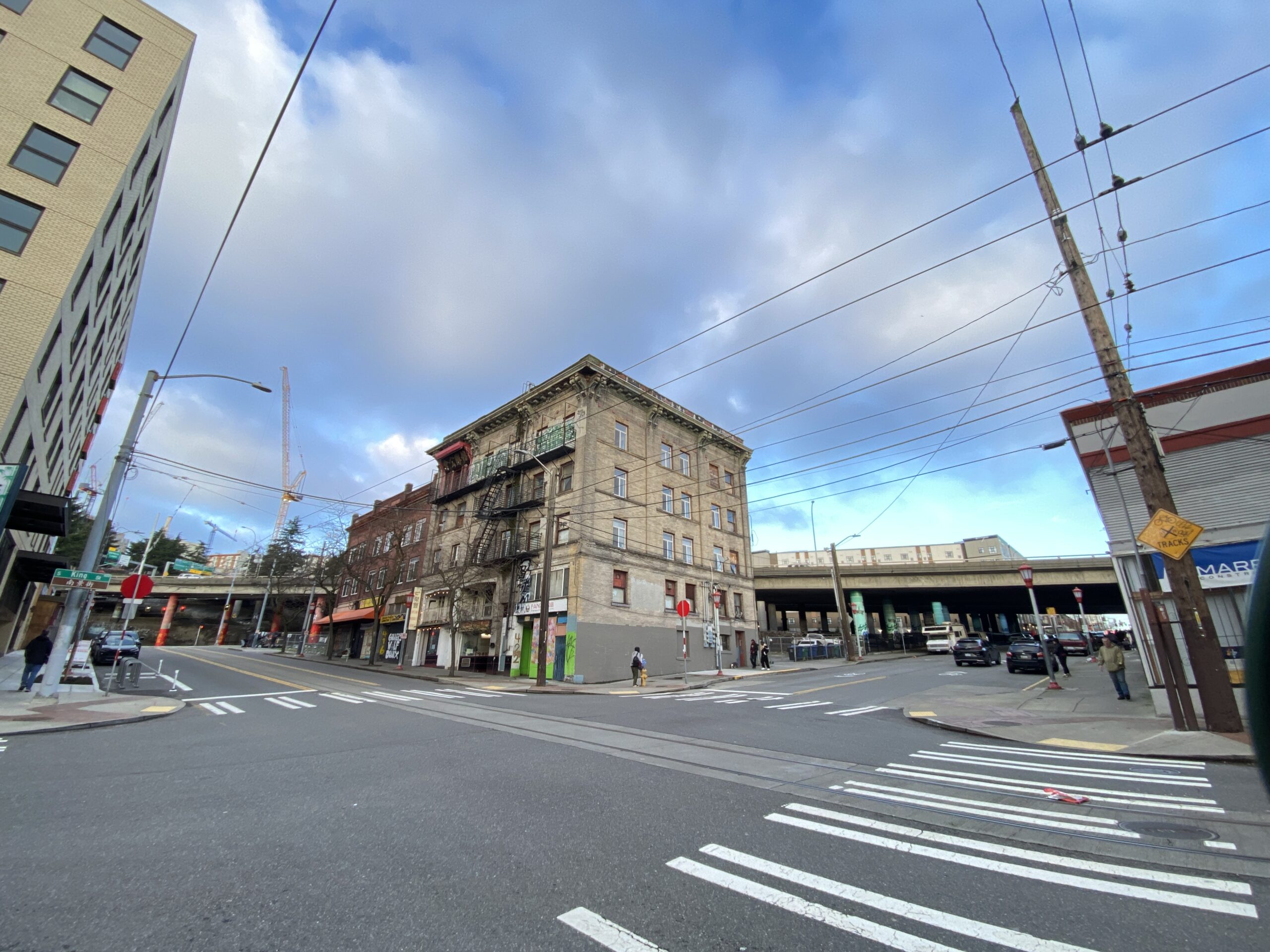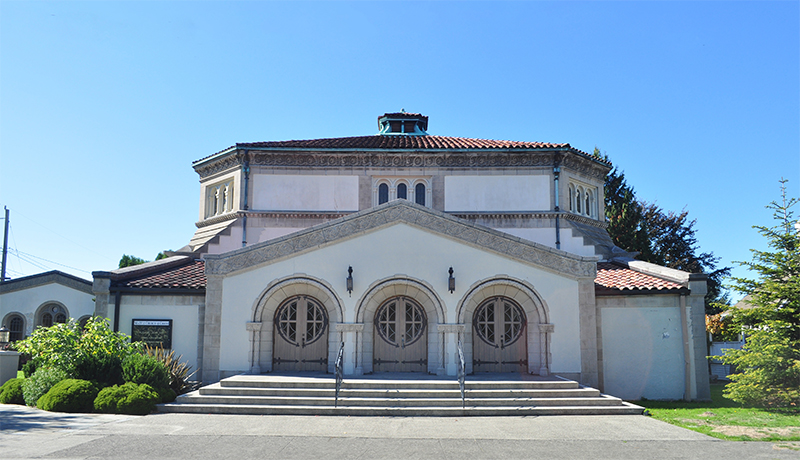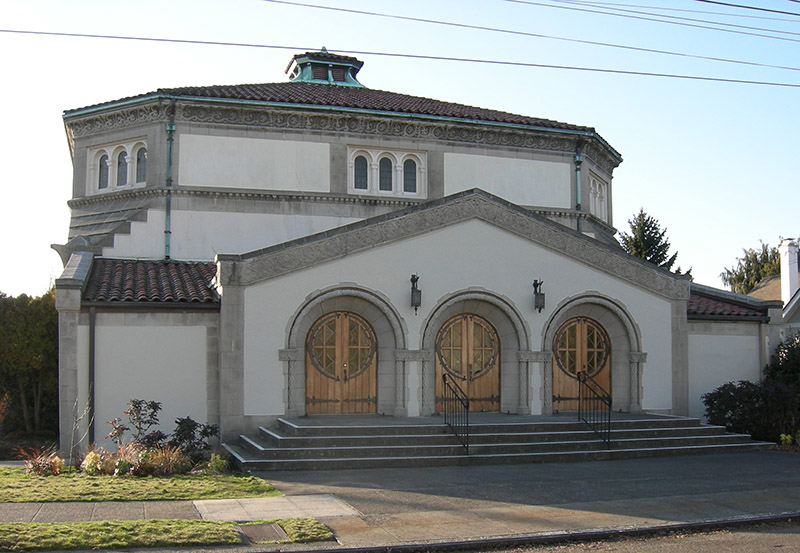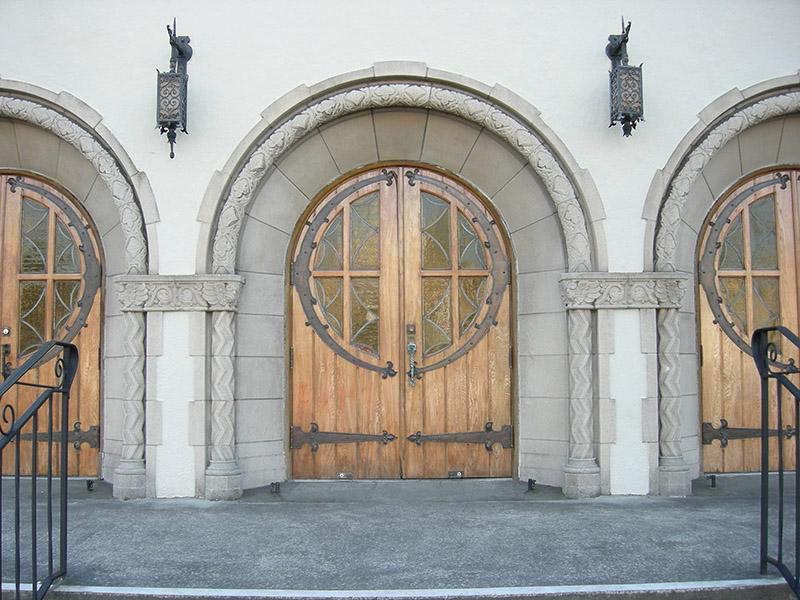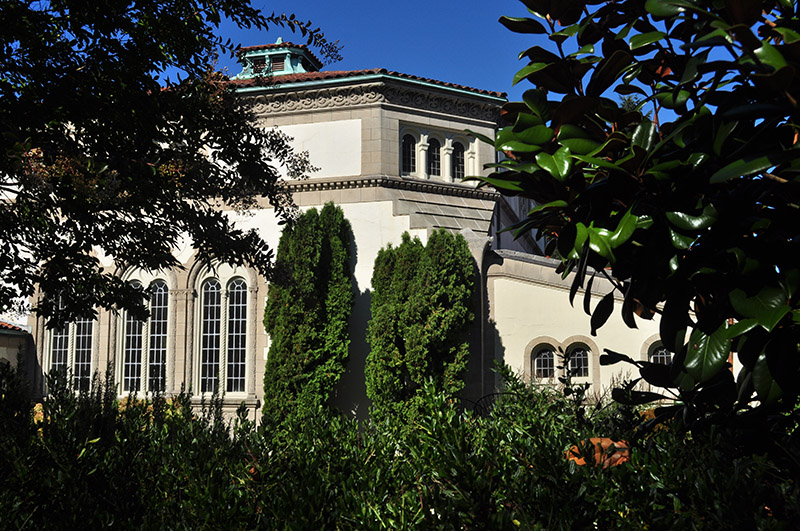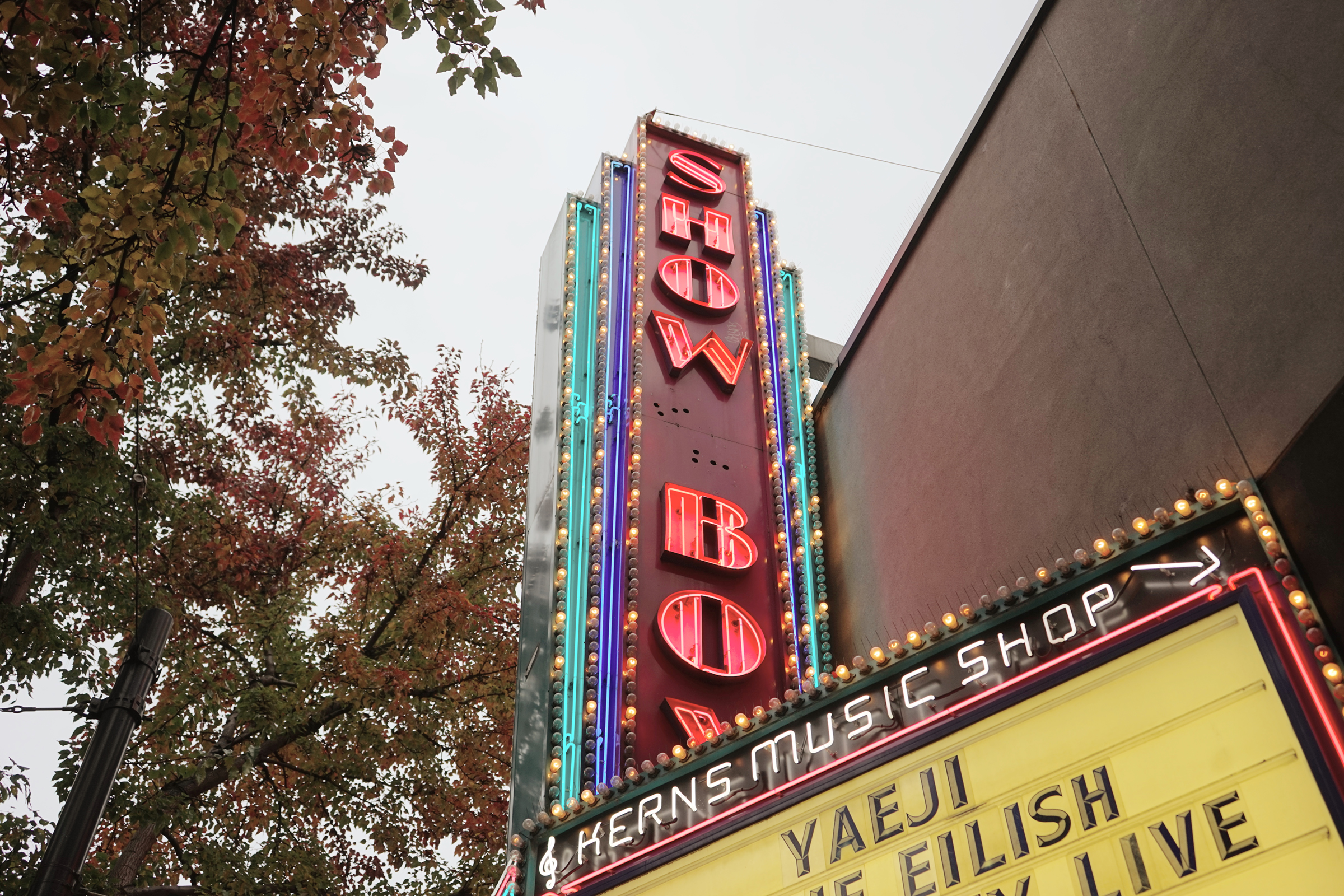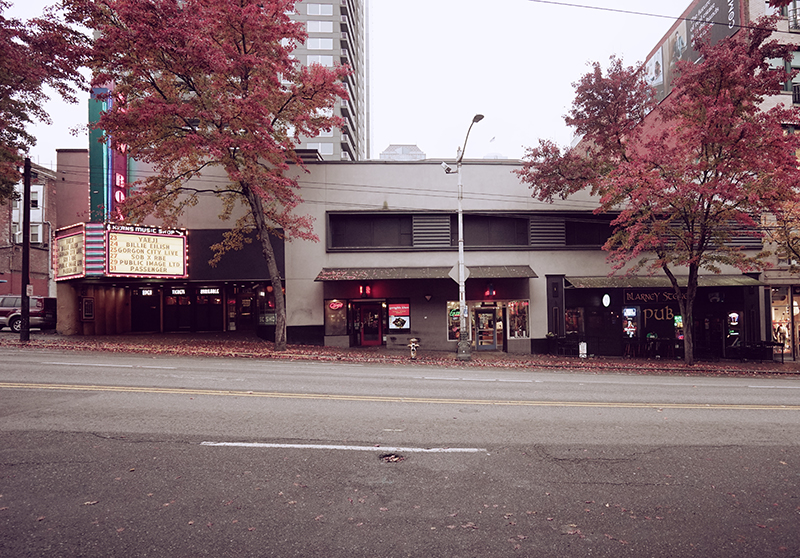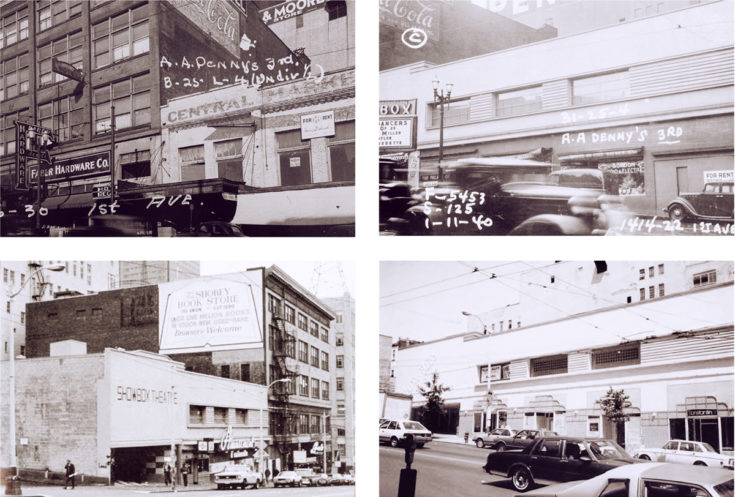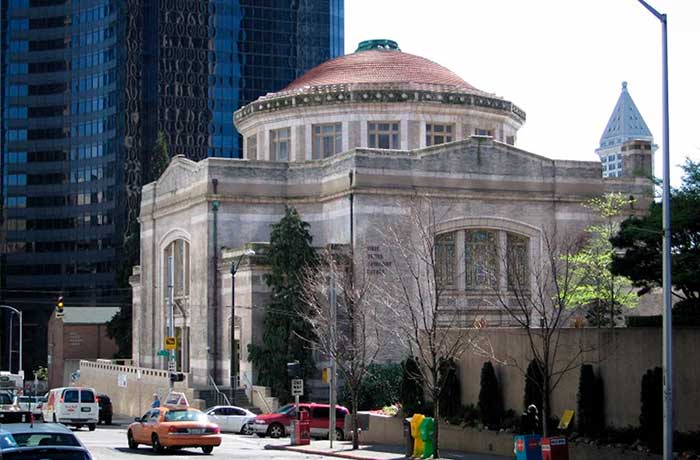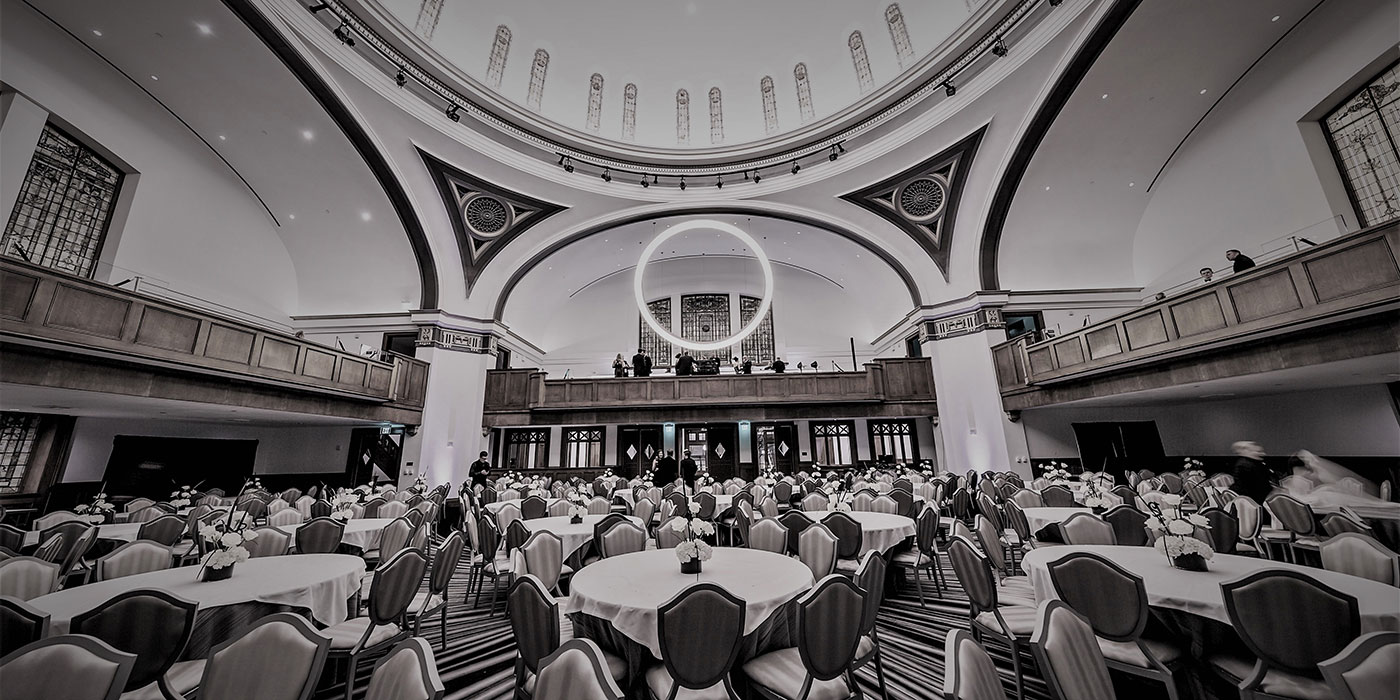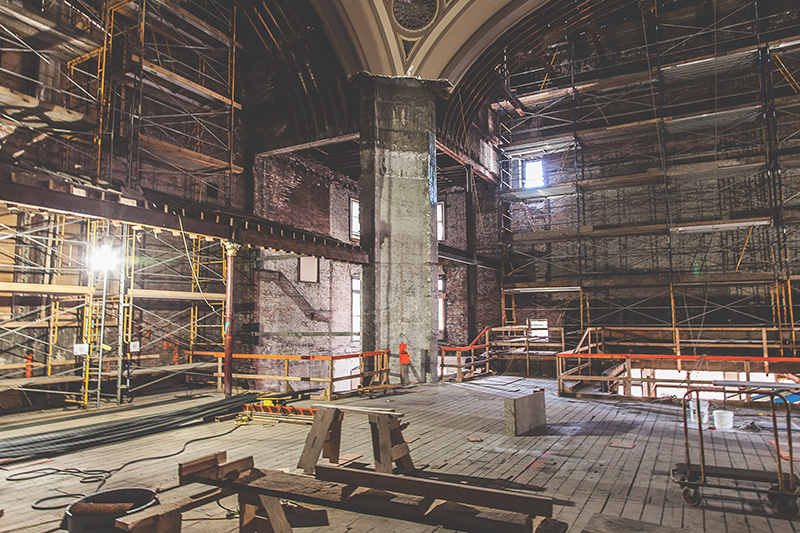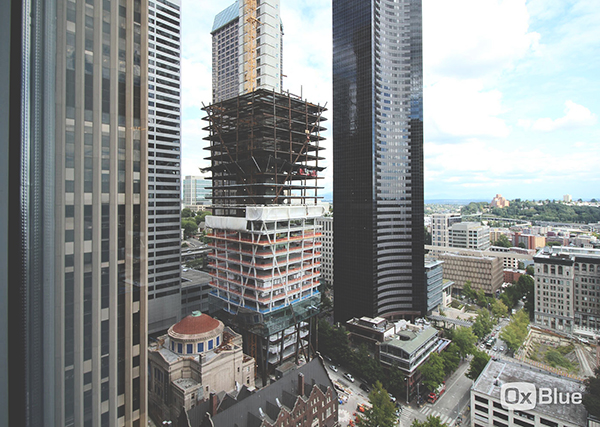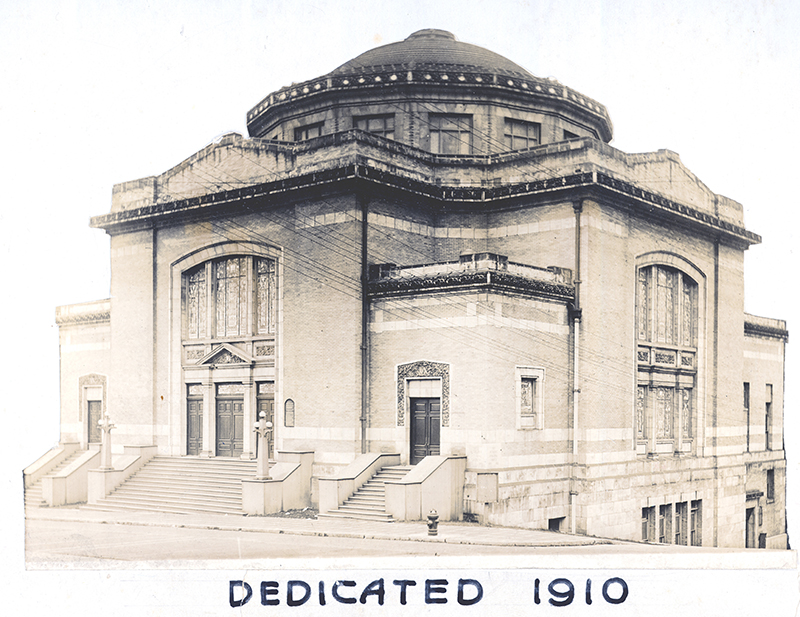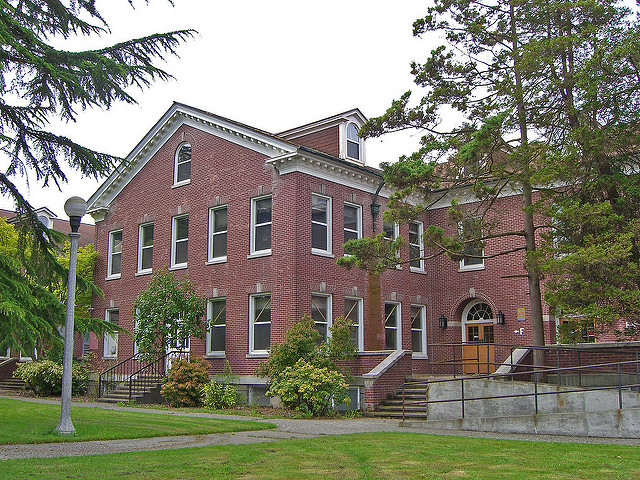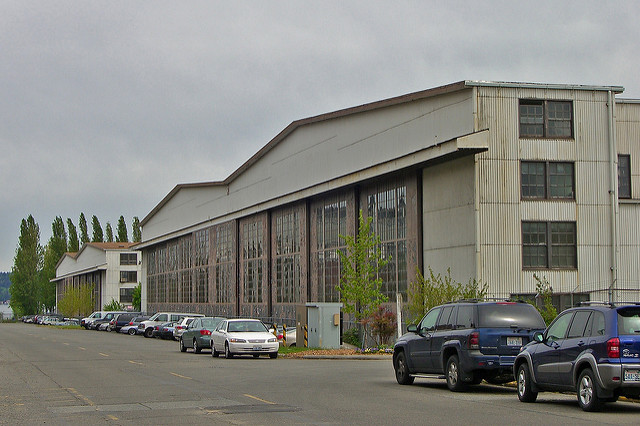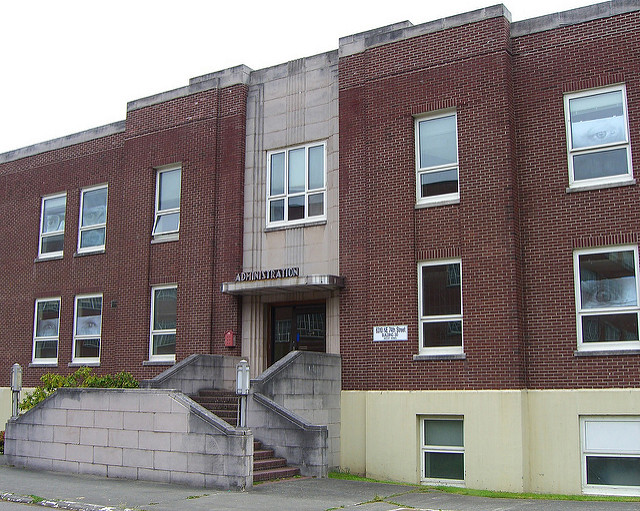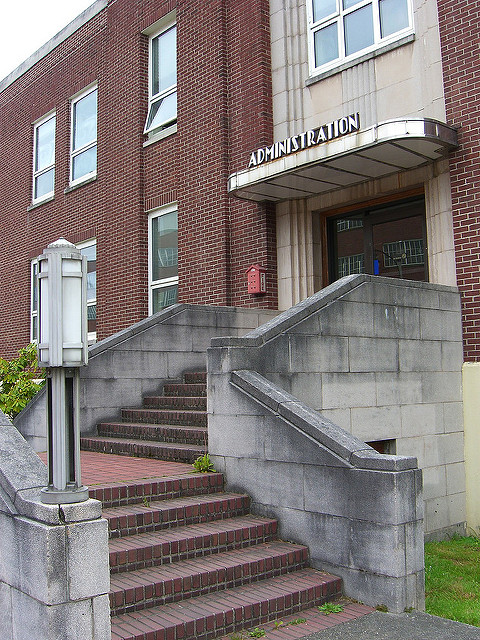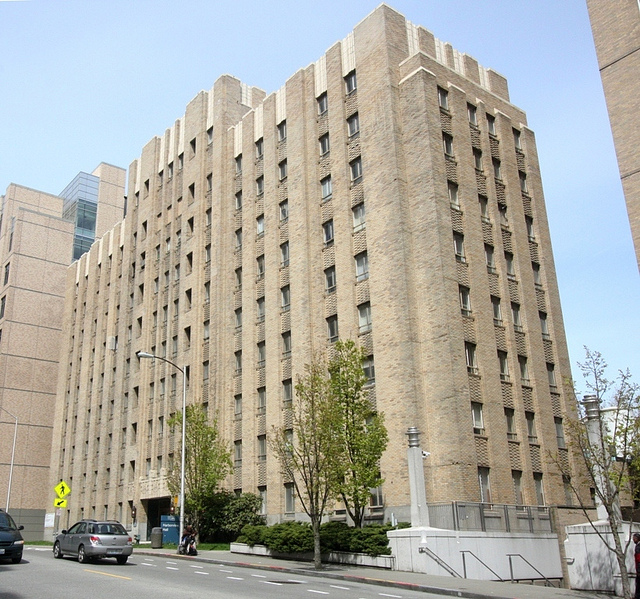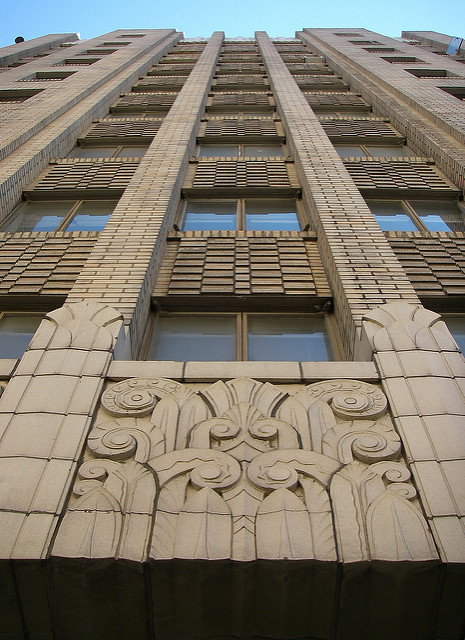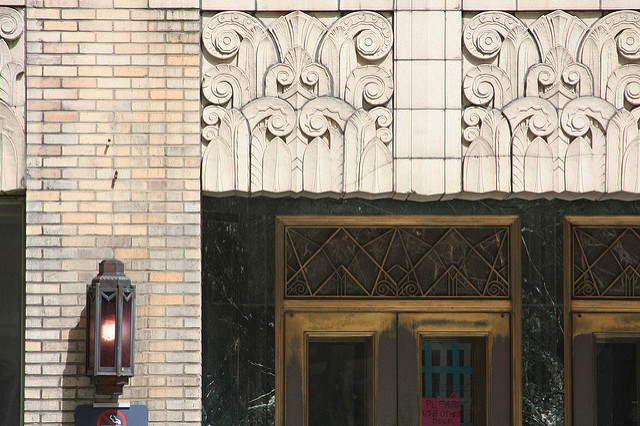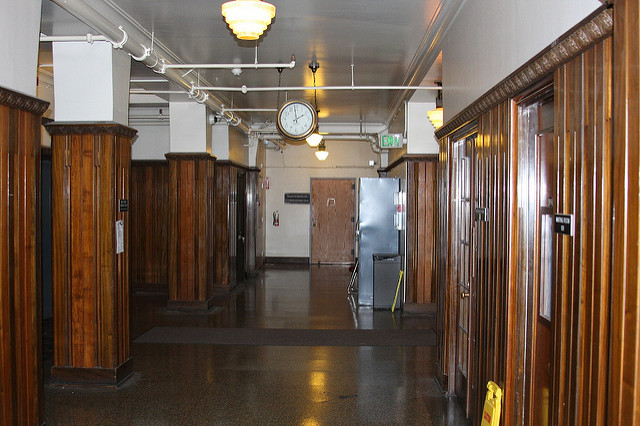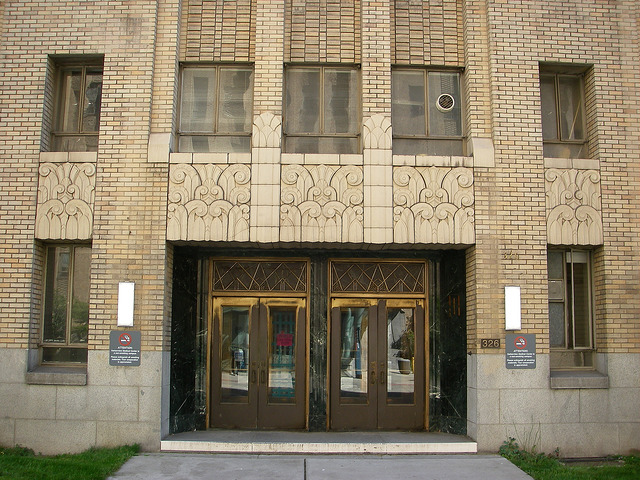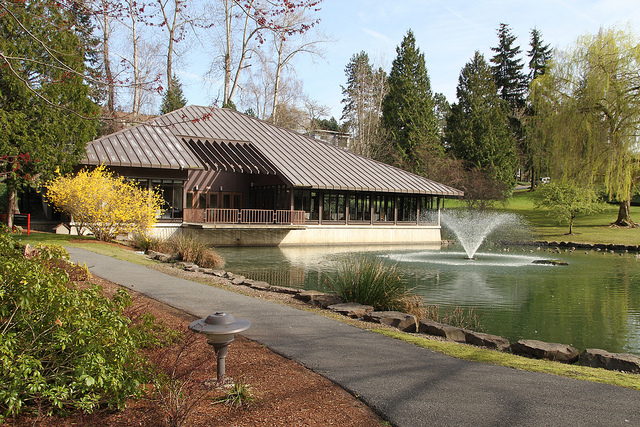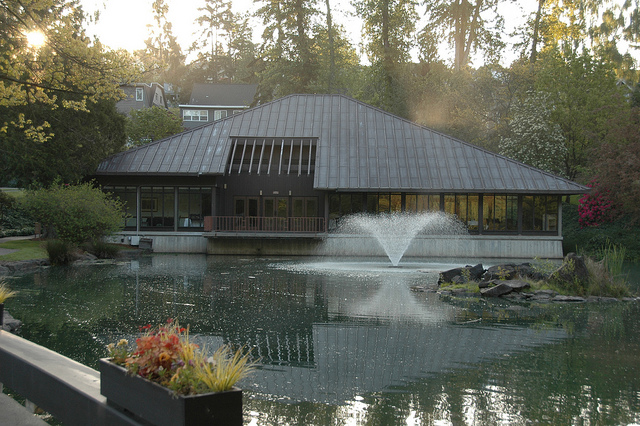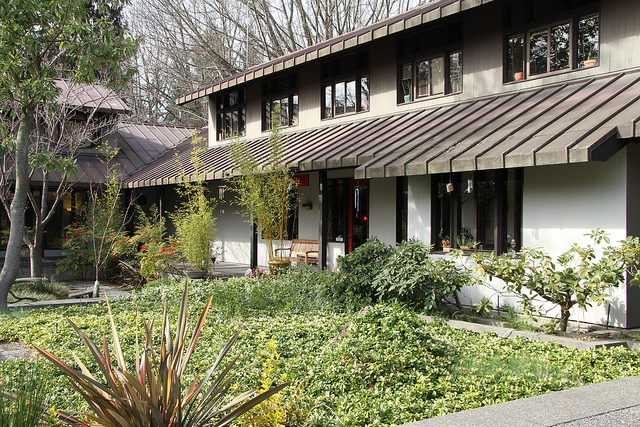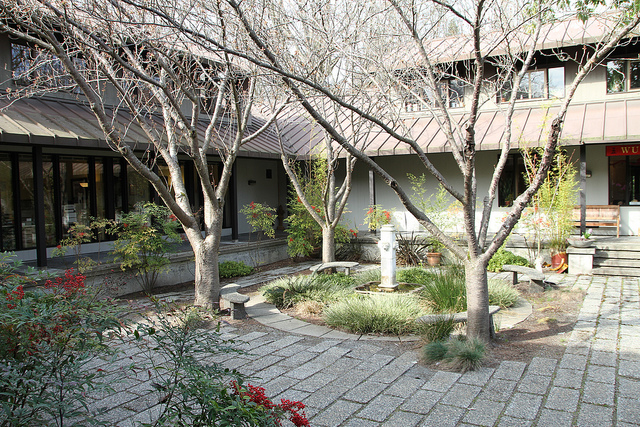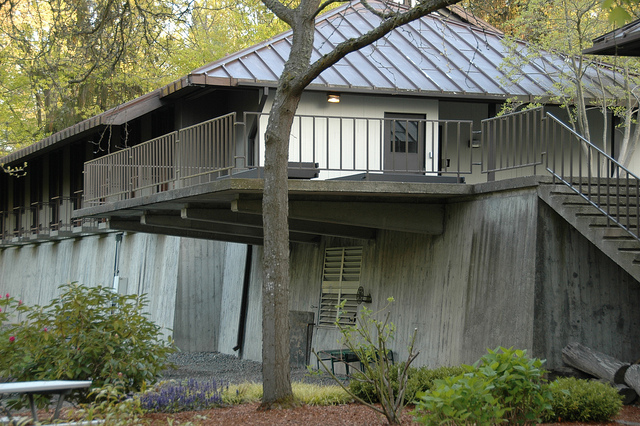Seattle’s Chinatown-International District
Status: In the works!
Year Listed: 2022
Location: Seattle, King County
Located in the heart of Seattle, the Chinatown-International District (C-ID) has a long and rich history dating back to the late 1800s. Chinese immigrants first came to the region in the late 19th century to work in the booming lumber mills, fishing operations, and railroads. These immigrants established the first Chinatown in Seattle south of Pioneer Square. In 1889, this Chinatown was destroyed in the Great Seattle Fire, and the Chinese community relocated to a new Chinatown on South Washington Street. In the early 1900s, the City of Seattle underwent a major regrading project called the Jackson Regrade, which caused the Chinese community to relocate once again, this time to the current location of Chinatown-International District on King Street. Despite being completely bisected when Interstate 5 was constructed in 1969, the neighborhood has become a hub for the Asian community in Seattle, with a diverse mix of businesses, cultural institutions, and residential buildings. It is listed on the National Register of Historic Places and is one of eight local historic districts established by the City of Seattle.
Today, however, the neighborhood is facing still new challenges. Sound Transit, the public transit agency serving the Seattle metropolitan area, is currently undertaking the third phase of its multi-billion-dollar regional Link light rail expansion, which will require the construction of a new tunnel under the Chinatown-International District. Sound Transit is considering two alignments for the tunnel: Fifth Avenue or Fourth Avenue. If built under Fifth Avenue, the tunnel construction will take place in the heart of the neighborhood and have a devastating impact on the Chinatown-International District’s Asian businesses and residents. The Fourth Avenue alignment, while not without impacts, would largely take place on the edge of the district, on the west side of Union Station.
A coalition of neighborhood businesses, community organizations, residents, and supporters called Transit Equity for All—alongside such partners as Historic South Downtown (HSD), Seattle Chinatown-International District Preservation and Development Authority (SCIDpda), the Wing Luke Museum, and the Uwajimaya supermarket corporation—is urging Sound Transit to give the Fourth Avenue options a more thorough consideration and to remove the Fifth Avenue options from the table. Transit Equity for All is led by Betty Lau and Brien Chow, two longtime community leaders who are concerned about the future of the neighborhood. “This is our third and final Chinatown,” said Betty Lau. “The original Chinatown was forced from the waterfront onto Second and Washington. Then Chinatown was forced to move to the current location. If we’re forced out again, where are we going to go?”
Our decision to add the Chinatown-International District to our Most Endangered Places list highlights the importance of preserving this unique and vital neighborhood. It is crucial that any plans for development or infrastructure consider the C-ID’s cultural and historical significance and do everything possible to minimize the impact on the community. The C-ID has already endured too many disruptions and must be protected so that it can continue to thrive and serve as a vital part of Seattle’s diverse community.
Official Sound Transit Publications: https://www.soundtransit.org/system-expansion/west-seattle-ballard-link-extensions
Contacts
Transit Equity for All [advocacy group]
Petition to Move Forward on 4th Ave [4500+ signatures]
Email Sound Transit Board [comment letter template included]
Address
4th Ave S, Yesler Way, Interstate-5 and 8th Ave S, and S Dearborn St. [The endangered place is Seattle’s Chinatown International District as it relates to Sound Transit’s Link light rail extension through 4th or 5th Avenue and the adjacent construction zones]

